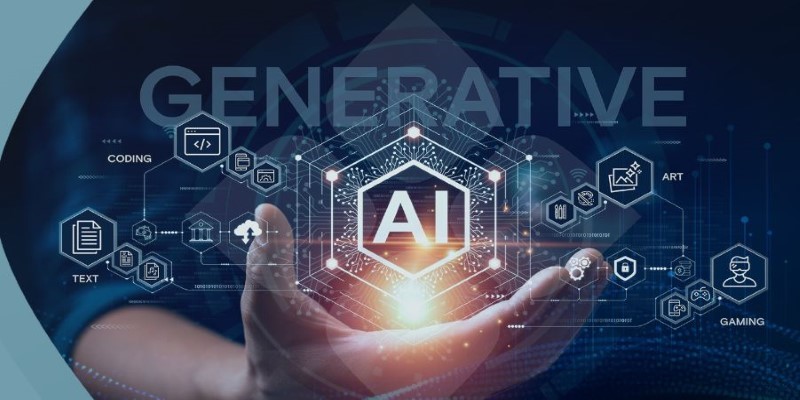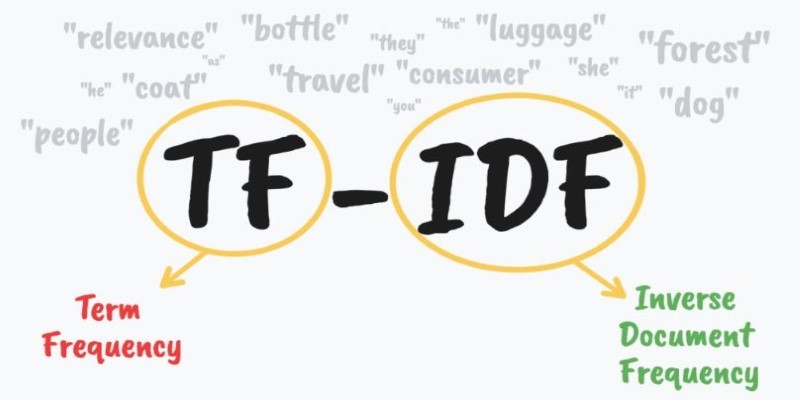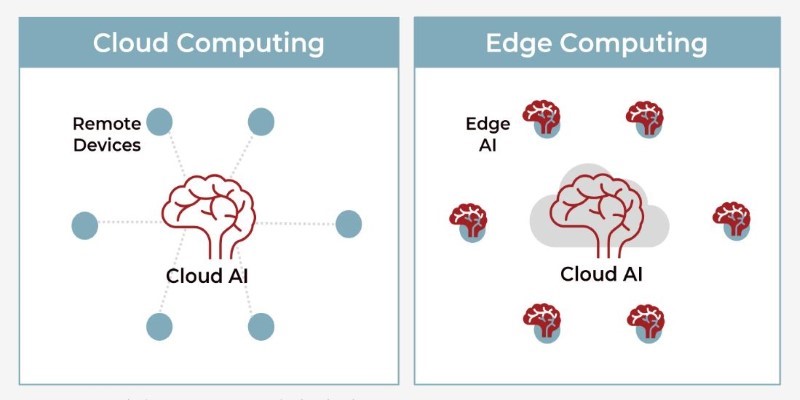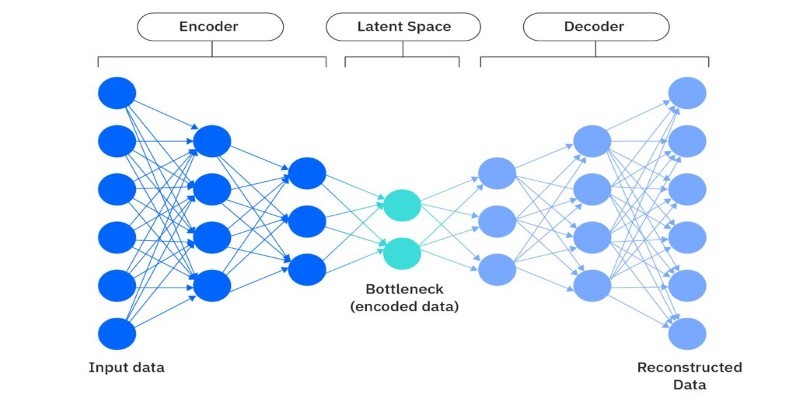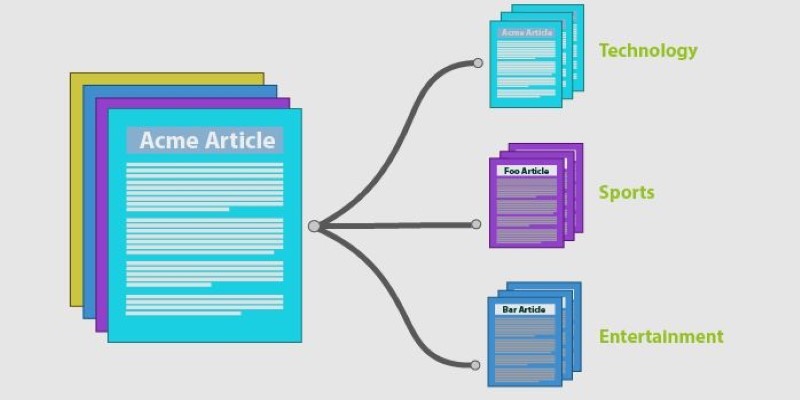Artificial intelligence (AI) is changing the manufacturing industry by making it more efficient, cutting down on downtime, and making sure that high-quality products are made. AI has made a big difference in two main areas: quality control and predictive maintenance. Manufacturers can predict when machines will break down, make the best use of repair plans, and boost product quality with AI-powered systems. It saves money and boosts productivity.
Manufacturing companies all over the world are using AI to make their processes more efficient and cut down on mistakes made by people. AI can help businesses switch from reactive maintenance and manual quality checks to proactive and automated solutions that make the whole process more efficient.
AI in Predictive Maintenance
Predictive maintenance is a game-changer for manufacturing industries, helping them prevent costly breakdowns and reduce downtime. AI-driven predictive maintenance uses real-time data, machine learning algorithms, and IoT sensors to analyze machine performance and predict potential failures before they occur. It allows manufacturers to take corrective actions in advance, preventing production delays and minimizing repair costs.
How Predictive Maintenance Works
- Data Collection: Sensors get information from tools about temperature, sound, pressure, and other important factors.
- AI Analysis: Machine learning systems look at both old and new data to find patterns that could mean something is wrong.
- Predictive Alerts: AI generates alerts when it detects abnormalities, allowing maintenance teams to address issues before they cause breakdowns.
- Automated Scheduling: AI improves repair plans based on the health of the machine, cutting down on downtime and maintenance costs that aren't needed.
- Fault Diagnosis: AI systems can figure out the exact reason why a mistake is going to happen, which helps support teams take the right steps.
- Resource Allocation: Based on how important and how quickly they need to be done, AI helps organize repair jobs so that the most important equipment is fixed first.
Benefits of AI-Driven Predictive Maintenance
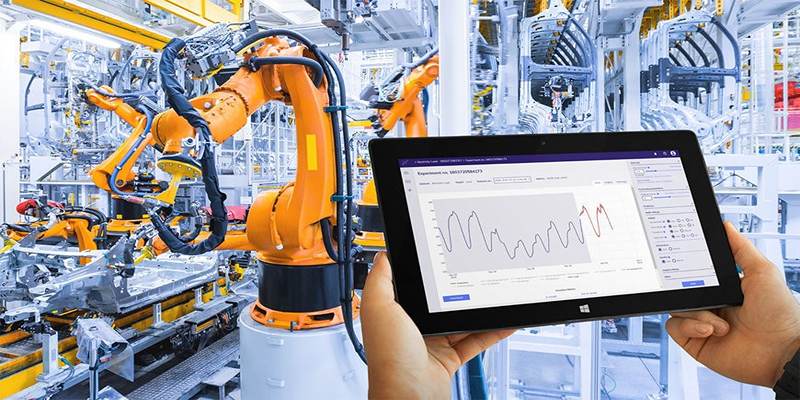
- Reduced Downtime: Finding problems early keeps production lines going easily by stopping equipment from breaking down when it's least expected.
- Cost Savings: Eliminates expensive emergency repairs and extends machine life by addressing issues before they escalate.
- Improved Safety: Preventing breakdowns reduces workplace accidents, ensuring a safer environment for workers.
- Enhanced Efficiency: Machines run at optimal performance, improving productivity and reducing energy consumption.
- Better Decision-Making: AI-generated insights help manufacturers make informed decisions about maintenance strategies and investments.
AI in Quality Control
Maintaining high product quality is crucial for manufacturing companies. AI-driven quality control uses computer vision, deep learning, and real-time data processing to inspect products, identify defects, and ensure consistency in manufacturing. This technology reduces human error, speeds up inspections, and enhances accuracy in defect detection.
How AI Enhances Quality Control
- Automated Inspection: AI-powered cameras scan products for defects such as cracks, color inconsistencies, and shape variations.
- Machine Learning Analysis: AI compares inspected items with a database of defect-free products, identifying inconsistencies with high accuracy.
- Real-Time Corrections: AI can adjust machine operations instantly to correct errors during production, minimizing waste and rework.
- Defect Classification: AI categorizes defects based on severity, helping manufacturers prioritize corrective actions.
- Process Optimization: AI analyzes trends in defects and suggests process improvements to enhance product quality.
- Compliance Assurance: AI ensures that products meet industry standards and regulatory requirements, reducing the risk of recalls and compliance issues.
Benefits of AI-Driven Quality Control
- Higher Accuracy: AI detects defects more precisely than human inspectors, ensuring consistent product quality.
- Faster Inspections: AI-powered cameras can inspect thousands of products in seconds, significantly improving production speed.
- Reduced Waste: Identifying defects early prevents defective products from reaching customers, reducing material waste and rework costs.
- Consistent Quality: AI ensures every product meets the same high-quality standards, improving customer satisfaction.
- Lower Operational Costs: Automating inspections reduces the need for manual quality checks, saving labor costs and resources.
Challenges of Implementing AI in Manufacturing
While AI offers numerous benefits, there are some challenges that manufacturers must address when implementing AI-driven predictive maintenance and quality control systems:
- High Initial Costs: AI systems require investment in technology, software, and skilled professionals to develop and maintain them.
- Data Security Concerns: AI relies on vast amounts of data, making cybersecurity a priority to protect sensitive information from breaches.
- Integration Issues: Older manufacturing systems may require upgrades to be compatible with AI technologies, leading to additional costs and technical complexities.
- Workforce Adaptation: Employees need training to work alongside AI-driven systems effectively, requiring investment in upskilling programs.
- Ongoing Maintenance of AI Systems: AI models need continuous monitoring, updates, and fine-tuning to remain effective in changing manufacturing environments.
Real-World Applications of AI in Manufacturing
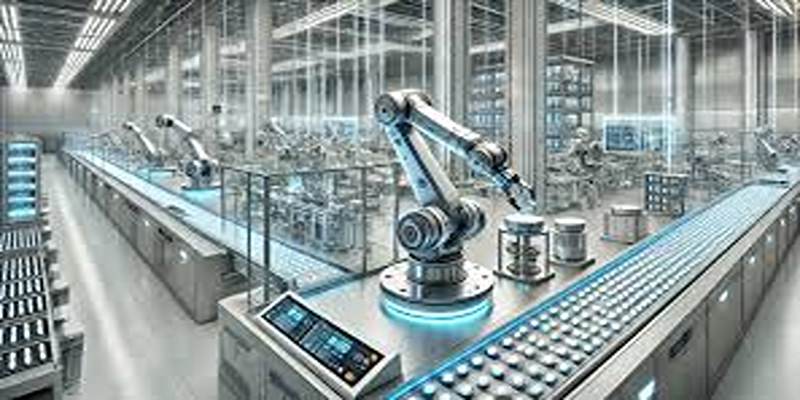
Several leading manufacturing companies have successfully integrated AI into their predictive maintenance and quality control processes:
- Automotive Industry: Car manufacturers use AI-driven cameras to inspect vehicle components, ensuring that every part meets safety and quality standards.
- Pharmaceutical Manufacturing: AI helps detect inconsistencies in drug production, reducing the risk of defective medications reaching the market.
- Electronics Production: AI-driven systems inspect circuit boards and microchips for defects, ensuring reliable electronic products.
- Food and Beverage Industry: AI-powered quality control systems detect contamination, packaging defects, and inconsistencies in food production.
- Textile Industry: AI inspects fabric quality, detecting imperfections such as misaligned patterns or faulty stitching before garments reach consumers.
Conclusion
AI-driven predictive maintenance and quality control are transforming the manufacturing industry by enhancing efficiency, reducing costs, and ensuring superior product quality. By implementing AI-powered systems, manufacturers can move from reactive approaches to proactive strategies, minimizing downtime and improving productivity. Despite the challenges of implementation, AI has proven to be a valuable asset for manufacturers aiming to optimize operations, improve safety, and maintain high product quality.

